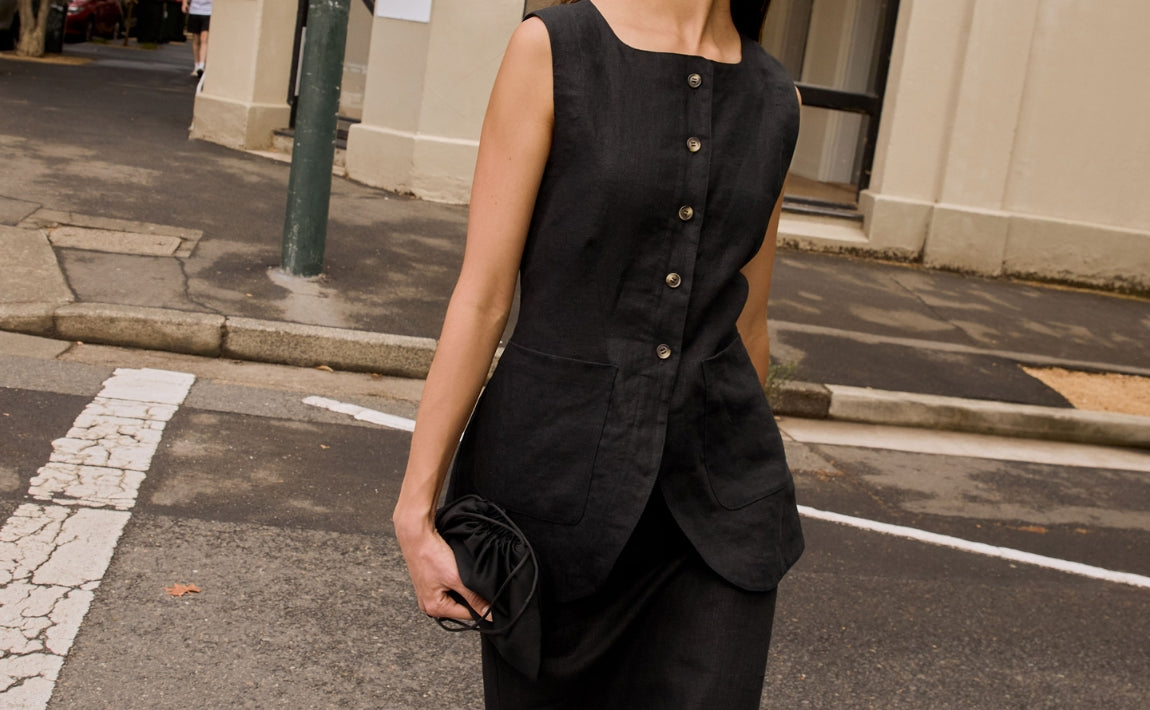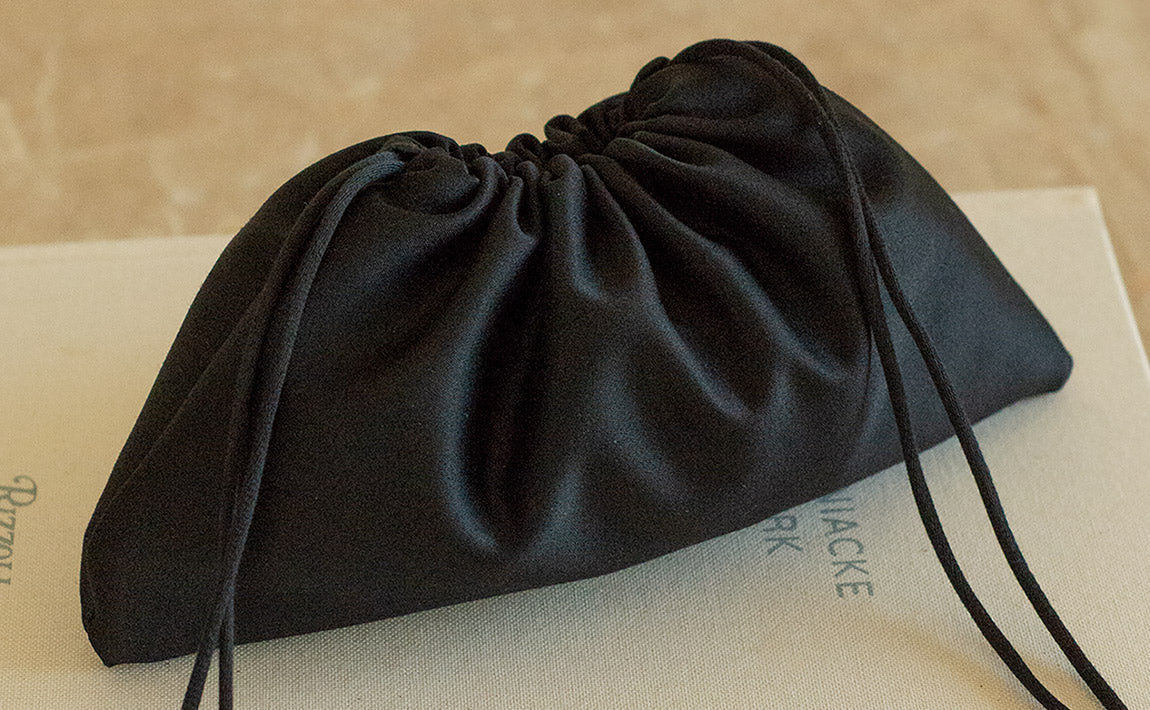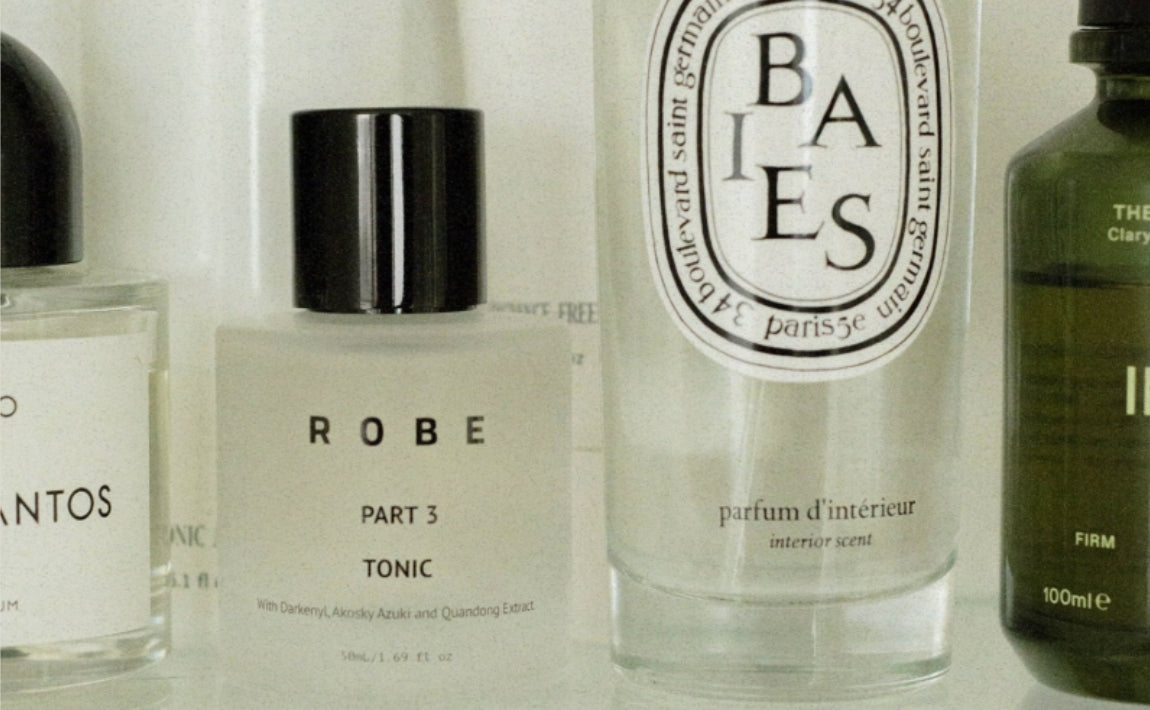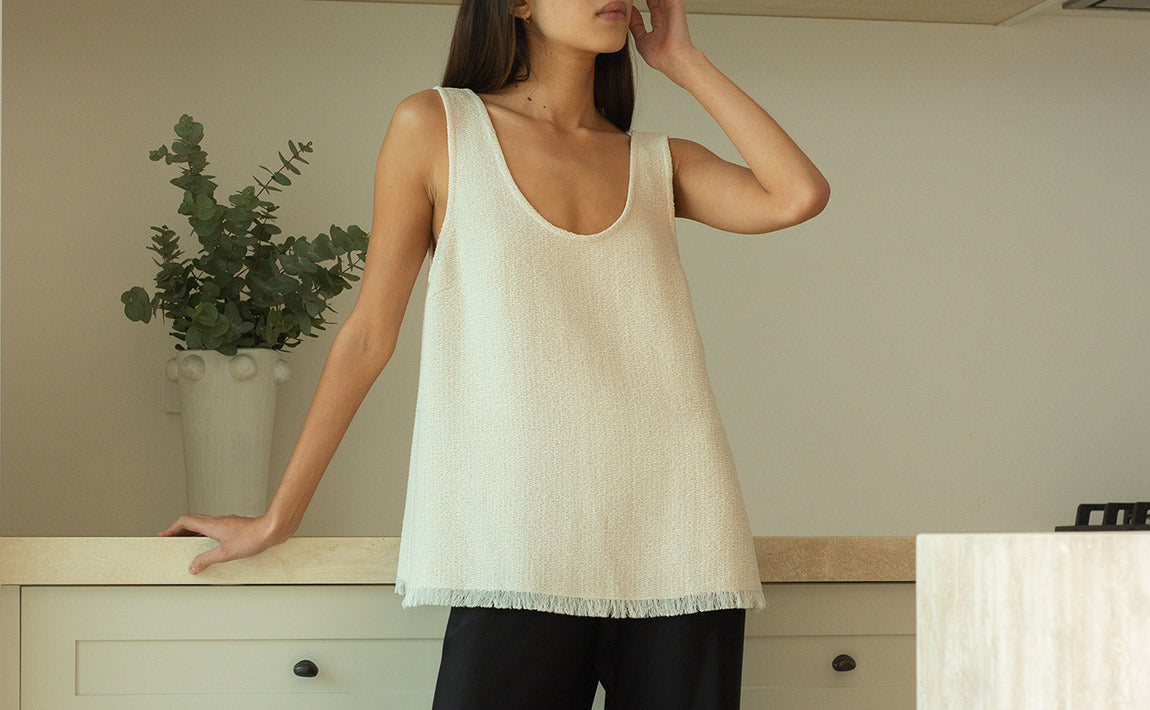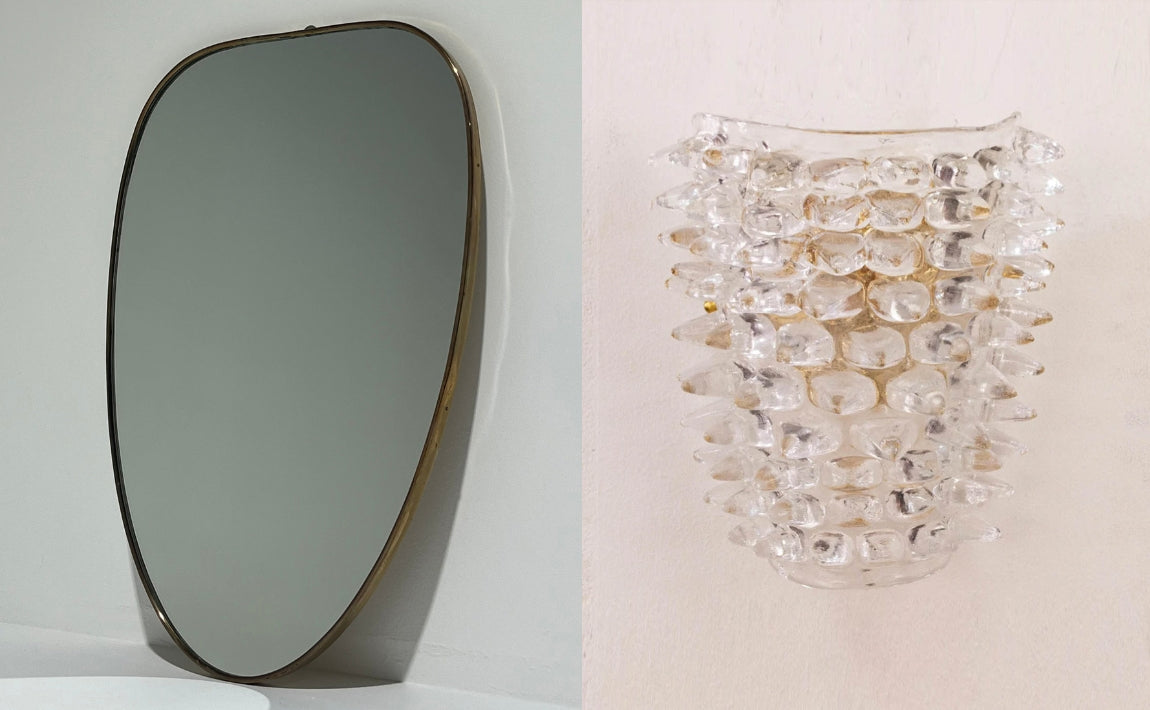How To Take Care Of Your Knitwear


Including the one thing you should never, ever do.
The temperature is dropping, the nights are getting cooler – it’s time to get out your jumpers and cardigans. We love knitwear season at The UNDONE: cosy, comfortable and perfect for snuggling up in. And with a little bit of care, knitwear will be some of the hardest working and most durable pieces in your wardrobe.
The question is: Once you’ve invested in a high quality piece of knitwear, how should you care for it? Here are some tips on looking after this natural and renewable fibre, and the little tricks you can try to give your cardigans, sweaters, skivvies and scarfs the long life that they deserve.
Get to know the material of your knitwear
Not all knitwear is made the same and some need a little extra love and care than others. Cashmere, mohair, merino, cotton, yak, silk and poly blends all have slightly different care instructions, luckily those little tags on the inside of your garments are there for a reason. In saying this, caring for your knitwear is pretty universal, go gentle. When it comes to knitwear, there are so many options available for you. Some pieces feature a blend of different wool – we have items that are cotton, merino and yak wool blends at The UNDONE this season – whereas other brands choose to work with 100% cashmere, wool or cotton fibres. But what’s the difference between these different types of wool? And how do you care for them differently?
The short answer is that you don’t. Though cashmere is the most delicate of all woollen blends, most knitwear needs a similar level of gentle care. The strongest of all the options is 100% cotton, which uses knitting techniques to weave together the cotton fibres, and the most delicate is cashmere. But on the whole, knitwear requires the same treatment: looking out for potential snags, washing on a gentle cycle with wool detergent, drying flat and storing them neatly folded up in your wardrobe afterwards. Follow these tips, and your knitwear will thank you, year after year.

The one thing you should never, ever do
Actually, there are two things you should avoid if you want your knitwear to last.
Firstly, wool is a pretty sturdy and durable fibre, but you should never put your knitwear in the dryer. The heat from the dryer will cause friction in the wool fibres and you’ll end up with a misshapen or shrunken garment. The best way to dry your knitwear is to gently roll it up with a towel to remove the excess water and lay it flat on a rack or table (we like to place a clean white towel under ours), away from heat or direct sunlight, which will help your piece keep its shape and prolong its life.
Secondly, once your knitwear is clean and dry avoid hanging your knitwear up in your cupboard. Knitwear has a looser weave of the fibres and the weight of the garment, even if it is a super light singlet top, will drag the garment down and stretch out the straps. You could end up with a dress or jumper a quarter of the size longer than it use to be and its very difficult to get this back to it original shape. Instead, always fold your knitwear and keep it away from other items that could catch.
Don’t wash your knits too much
This is good advice for almost every piece of clothing, but especially for knitwear. Excess washing is bad for your clothes and for the environment – you’d be surprised at how much wear you can get out of your knits before they truly need to be washed, especially when you can spot-clean small areas with a cloth and some wool detergent. When you do need to wash, opt to either hand wash or gently machine wash with delicate wool detergent – look at the care tag for your knitwear and plan accordingly.
Wool is an incredible natural fibre, with properties that help reduce creasing and odours, meaning that they need to be washed far less frequently. Especially if your knitwear is an ultra delicate fibre, such as cashmere. Like all woollen garments, cashmere needs much less washing that it appears – you can keep it fresh simply by airing it out in between wears, especially if it hasn’t been stained. And there are a few other tricks for refreshing your knitwear items without throwing it in the wash, which leads us to the next point…

Get yourself equiped with the right tools
This is adulthood: it’s time to purchase a lint roller and de-piling device. Get ready to experience a wave of satisfaction by de-piling and rejuvenating your most loved knitwear that might be covered in tiny balls of fluff (not cute). There are a few different options for this task, a cashmere comb, a battery operated fabric shaver (ultimate grown up investment) or even using a clean, new razor will do the job nicely.
Your knitwear will thank you greatly for making the investment in these tools, which will help remove lint, fluff and other balls of fabric from your pieces easily and quickly, ensuring that your garment looks as good as new for as long as possible. Most importantly they are really easy to use: you gently brush them over areas on your knitwear pieces that have seen the most friction, such as underneath the shoulders, the cuffs and hems, and along the sleeves, to remove bits of pilling, lint and fluff that might have gathered there. It’s a simple and quick way to keep your garment fresh.
Take care with jewellery and accessories
Knitwear is long lasting and durable, but it is important to remember that it can be delicate, too. The fibres are gently woven together to create your cardigan, jumper or scarf, and because of that knitwear can be susceptible to snagging. It’s why it’s so important to wash and dry your knitwear gently, but it’s also important to take great care around jewellery and other accessories that might catch on the wool fibres. The big culprits here are necklaces, bracelets, watches and handbags: be careful when wearing these pieces with knitwear. If a snag does happen, don’t worry – it’s incredibly common. Try not to cut or pull at the loosened thread, but feed it back through the hole in the knitwear and tie a knot at the end of the thread on the inside of the garment.


